Related Research Articles

Daniel Chester French was an American sculptor in the late 19th and early 20th centuries. His works include The Minute Man, an 1874 statue in Concord, Massachusetts, and his 1920 monumental statue of Abraham Lincoln at the Lincoln Memorial in Washington, D.C.

Charles Allan Grafly, Jr. was an American sculptor, and teacher. Instructor of Sculpture at the Pennsylvania Academy of the Fine Arts for 37 years, his students included Paul Manship, Albin Polasek, and Walker Hancock.

Laura Wheeler Waring was an American artist and educator, most renowned for her realistic portraits, landscapes, still-life, and well-known African American portraitures she made during the Harlem Renaissance. She was one of the few African American artists in France, a turning point of her career and profession where she attained widespread attention, exhibited in Paris, won awards, and spent the next 30 years teaching art at Cheyney University in Pennsylvania.
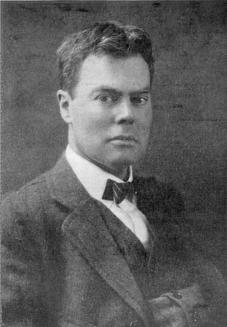
Thornton Oakley was an American artist and illustrator.
Clara Elsene Peck was an American illustrator and painter known for her illustrations of women and children in the early 20th century. Peck received her arts education from the Minneapolis School of Fine Arts and was employed as a magazine illustrator from 1906 to 1940. Peck's body of work encompasses a wide range, from popular women's magazines and children's books, works of fiction, commercial art for products like Ivory soap, and comic books and watercolor painting later in her career. Peck worked during the "Golden Age of American Illustration" (1880s–1930s) contemporaneous with noted female illustrators Jessie Willcox Smith, Elizabeth Shippen Green and Violet Oakley.
Nicolaas Wilhelm Jungmann was an Anglo-Dutch painter of landscapes and figural subjects, a book-illustrator and decorator.
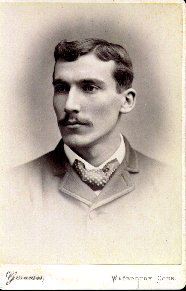
Henry Golden Dearth was a distinguished American painter who studied in Paris and continued to spend his summers in France painting in the Normandy region. He would return to New York in winter, and became known for his moody paintings of the Long Island area. Around 1912, Dearth changed his artistic style, and began to include portrait and still life pieces as well as his paintings of rock pools created mainly in Brittany. A winner of several career medals and the Webb prize in 1893, Dearth died suddenly in 1918 aged 53 and was survived by a wife and daughter.

Ferdinand Victor Blundstone (1882–1951) was a Swiss-born sculptor who worked in England. His father was Charles Blundstone, an India rubber merchant who was born in Manchester, England. He studied at the South London Technical Art School and Royal Academy Schools.

Charles Henry Bourne Quennell (1872–1935), was an English architect, designer, illustrator and historian. According to the heritage architect Cath Layton, "his great influence [as an architect and urban planner] can be felt in the houses and streets of London’s suburbs and across the country." His obituary in Nature noted that his books for children and young people had "strongly stimulated interest in the cultural background of the more formal study of history".

Harry Mills Walcott was a leading American painter and teacher in the first few decades of the 20th century. He was known for highly decorative scenes of childhood. He was on the staff of the Art Institute of Chicago for many years. Walcott was an Associate Member of the National Academy of Design.
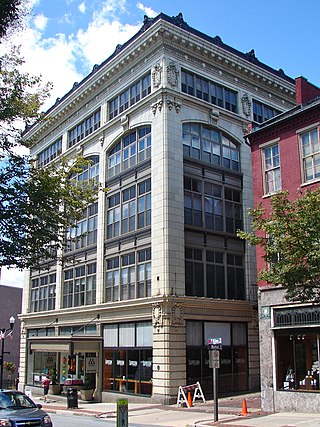
Cassius Emlen Urban was a Lancaster, Pennsylvania-based architect. He was the leading architect in Lancaster from the 1890s to the 1920s.
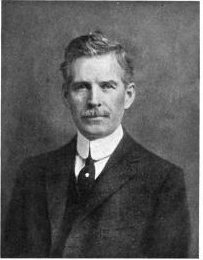
Austin Willard Lord FAIA was an American architect and painter. He was a partner in the firm of Lord & Hewlett, best known for their work on the design of the former William A. Clark House on Fifth Avenue in New York.
Elizabeth Fearne Bonsall was an American painter and illustrator. She illustrated The Book of Cats (1903), The Book of Dogs, The Pied Piper of Hamelin (1927), and other books. She created illustrations for Henry Christopher McCook's American Spiders and their Spinningwork. McCook credits her for making most of the illustrations for the volume. Bonsall also created illustrations for magazines. She won several awards for her works between 1885 and 1897.
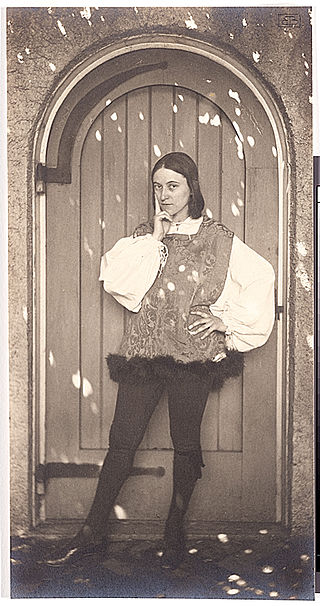
Edith Emerson was an American painter, muralist, illustrator, writer, and curator. She was the life partner of acclaimed muralist Violet Oakley and served as the vice-president, president, and curator of the Woodmere Art Museum in the Chestnut Hill section of Philadelphia, Pennsylvania, from 1940 to 1978.

Emily Clayton Bishop was an American prize-winning sculptor. Although she died at a young age, her works in bronze and plaster are found in museum collections such as the Smithsonian American Art Museum and in shows such as Modern Women at PAFA (2013). Her childhood home, the Emily Clayton Bishop house, is a Maryland State historic site. The home sold in 2019 for $115,000.
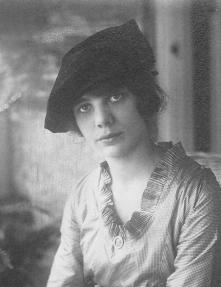
Grace Thorp Gemberling was an American artist known for the broad range of her subjects in paintings having a pronounced psychological as well as aesthetic impact. One critic said they conveyed a mood that was "ethereal, bold and engaged". Another said her work showed "a disciplined hand and a romantic eye" together with "a magical color sense". Known for her control of detail and successful handling of line and blocks of color, she was said to paint in a modernist style that stayed clear of abstraction and was remembered by a teacher and fellow artist as "the finest woman painter in Philadelphia during the 1920s and 1930s".
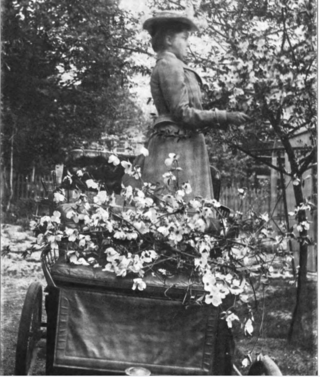
Phebe Westcott Humphreys was a journalist, horticulturist, photographer and children's book author, known for documenting and influencing landscape design with publications including The Practical Book of Garden Architecture. Her work was favored by experts including the botanist Charles Howard Shinn, who lauded Humphreys' "amazing wealth of knowledge," and the tastemaker Ruby Ross Wood. Humphreys contributed about 400 feature articles and regular columns to periodicals including House and Garden and Harper's Bazar. Among her topics are farms and factories run by immigrants; architectural preservation work; environmental sustainability; philanthropies donating plants to the poor; and newly patented household appliances. Her pioneering guidebook for car travelers, The Automobile Tourist, was praised by The Philadelphia Inquirer for "most thorough information" provided by "an enthusiastic automobilist." In 2020, the Cultural Landscape Foundation designated her a pioneer.
Sara Carles Johns was an American artist and fashion illustrator.

Joseph Thurman Pearson Jr. was an American landscape and portrait painter, and an instructor at the Pennsylvania Academy of the Fine Arts in Philadelphia.
References
- ↑ James-Gadzinski, Susan and Mary Mullen Cunningham, ‘’American Sculpture in the Museum of American Art of the Pennsylvania Academy of the Fine Arts’’, Museum of American Art of the Pennsylvania Academy of the Fine Arts, Philadelphia, 1997 p. 65 - 66
- ↑ Pennsylvania impressionism – Google Books
- ↑ The Philadelphia Inquirer, August 17, 1907, page 12.
- ↑ The Philadelphia Inquirer, August 17, 1907, page 12.
- ↑ Petersen, Martin E. (Fall 1973). "ALFRED R. MITCHELL". The Journal of San Diego History. 19 (4). Retrieved February 19, 2017.
- 1 2 3 4 5 6 7 8 9 Maurer, Christopher. Fortune's Favorite Child: The Uneasy Life of Walter Anderson. Jackson: University Press of Mississippi, 2003, p. 315.
- ↑ The Central New Jersey Home News, Mary 26, 1946, "Wins Art Award", page 9.